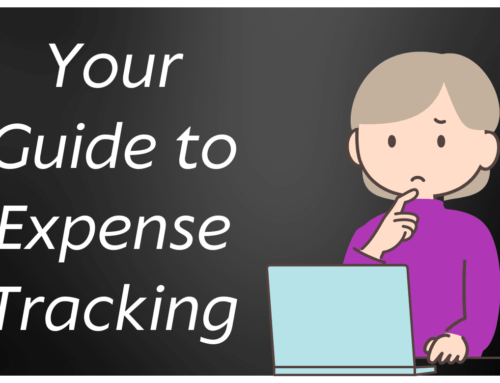Hi everyone, I’m Bette Hochberger, CPA, CGMA. Welcome to my guide on year-round tax planning strategies! Taxes are a significant expense, but with proper planning, you can minimize your tax liability and keep more of your hard-earned money. In this blog, I’ll discuss the benefits of tax planning and provide practical strategies to help you optimize your tax situation throughout the year.
Benefits of Tax Planning
Tax planning involves proactively managing your finances to minimize taxes while staying compliant with tax laws. The benefits extend to both individuals and businesses.
For individuals, tax planning allows you to lower your tax liability by identifying deductions, credits, and tax-saving opportunities. By reducing your taxable income and overall tax burden, you can keep more money in your pocket.
Tax planning also helps improve cash flow management by spreading out tax payments and maximizing refunds. Additionally, aligning your financial goals with your tax strategy ensures that you’re making informed decisions about saving for retirement, funding education, or investing in the future.
For businesses, tax planning is essential for maximizing profitability and staying compliant with tax laws and regulations. By identifying deductions, credits, and tax-saving opportunities, businesses can reduce their tax expenses and increase net profits.
Effective tax planning also ensures compliance with laws, minimizing the risk of penalties and audits. Furthermore, this strategy also enables businesses to make strategic decisions about investments, expansions, and other financial initiatives by considering the tax implications.
Year-Round Strategies
Now, let’s explore some strategies to help you minimize tax liability throughout the year.
Maximize Retirement Contributions
Individuals can contribute to retirement accounts like 401(k)s and IRAs to benefit from valuable tax deductions. By maximizing contributions, you can reduce taxable income and lower your overall tax burden, all while saving for retirement.
Capitalize on Deductions
Take advantage of deductions such as mortgage interest, medical expenses, and charitable contributions to lower your taxable income. By itemizing deductions or taking the standard deduction, you can reduce your tax liability and keep more money in your pocket.
Manage Investments Wisely
Consider the tax implications of your investment decisions. For example, holding assets for more than one year can qualify you for lower long-term capital gains tax rates. Additionally, tax-loss harvesting can help offset capital gains with investment losses.
Monitor Cash Flow
Businesses should keep a close eye on cash flow to identify opportunities for tax planning. By timing expenses strategically and maximizing deductions, you can reduce taxable income and lower your overall tax liability.
Utilize Tax Credits
Research and use available tax credits to offset tax liability. For example, businesses may qualify for tax credits such as the Research and Development Tax Credit or the Work Opportunity Tax Credit, which can help reduce tax expenses.
Invest in Tax-Advantaged Accounts
Explore options like Health Savings Accounts (HSAs) and Qualified Small Business Stock (QSBS) for tax benefits. By investing in these accounts, individuals and businesses can take advantage of tax deductions and credits while saving for healthcare expenses or funding business growth.
Year-round tax planning is a valuable tool for individuals and businesses seeking to minimize liability and optimize financial outcomes. By understanding the benefits of tax planning and implementing strategic strategies, you can keep more money in your pocket and achieve financial goals efficiently.
Are you ready to start your tax planning? Schedule a meeting with us, and let’s get started today!








